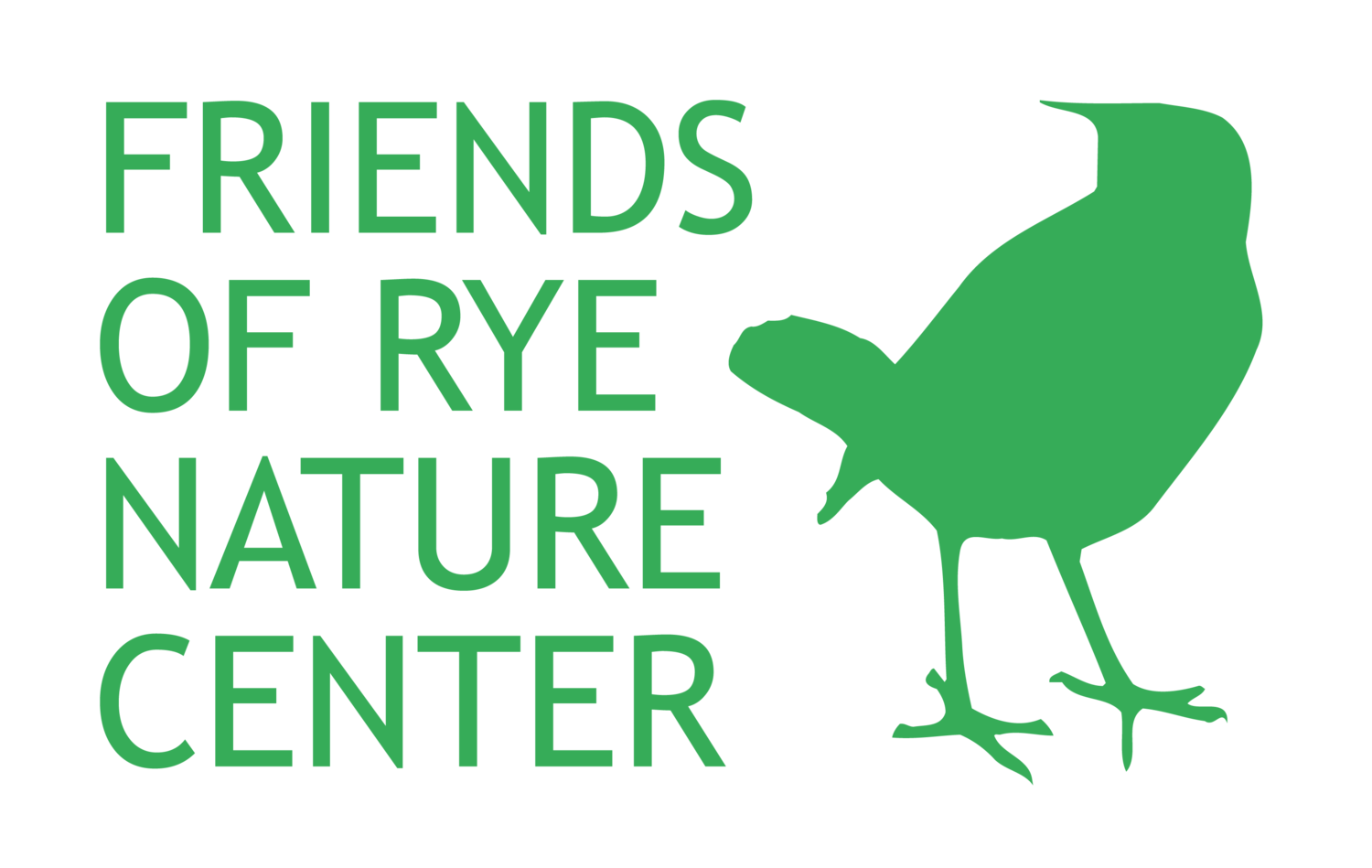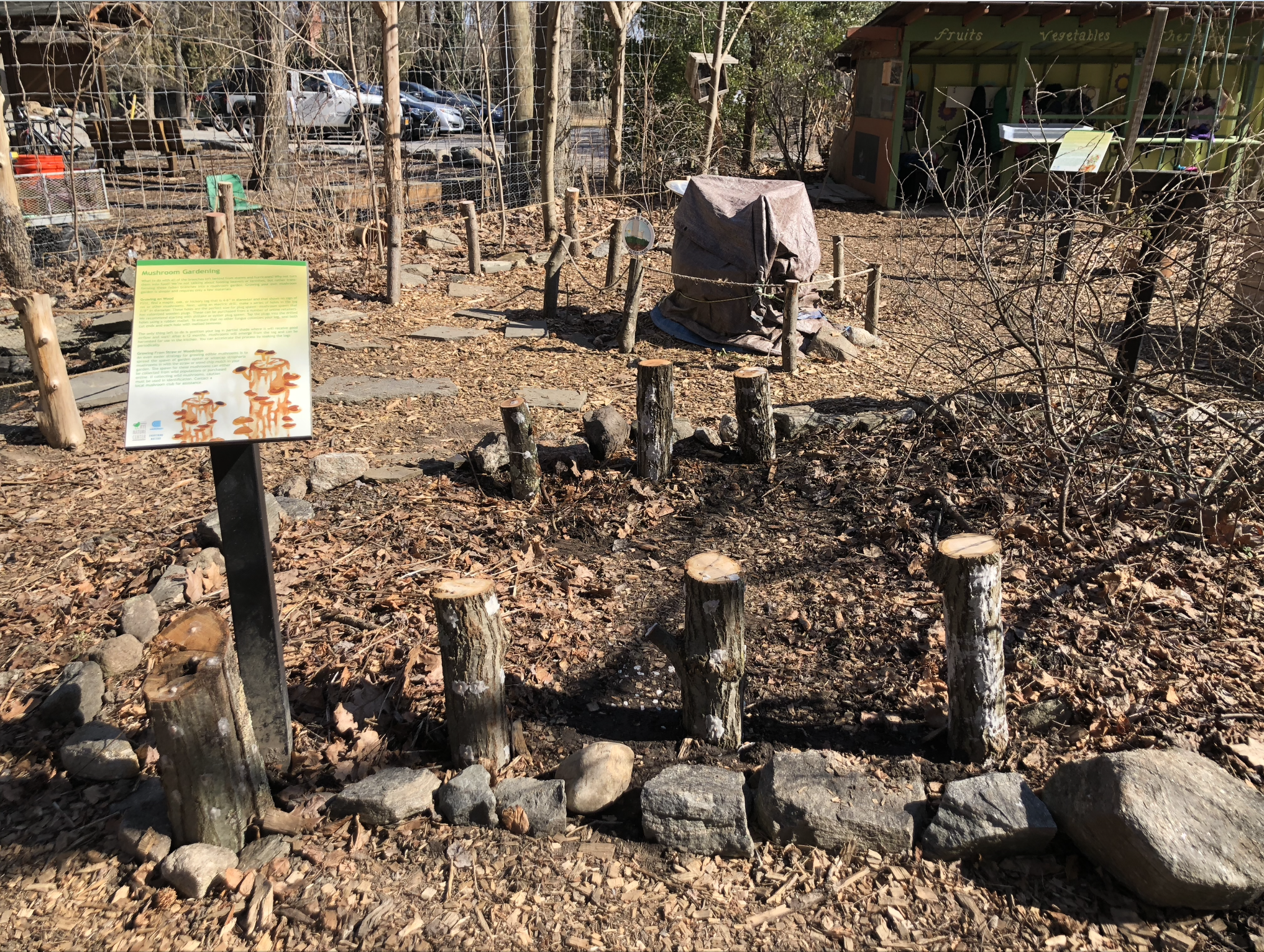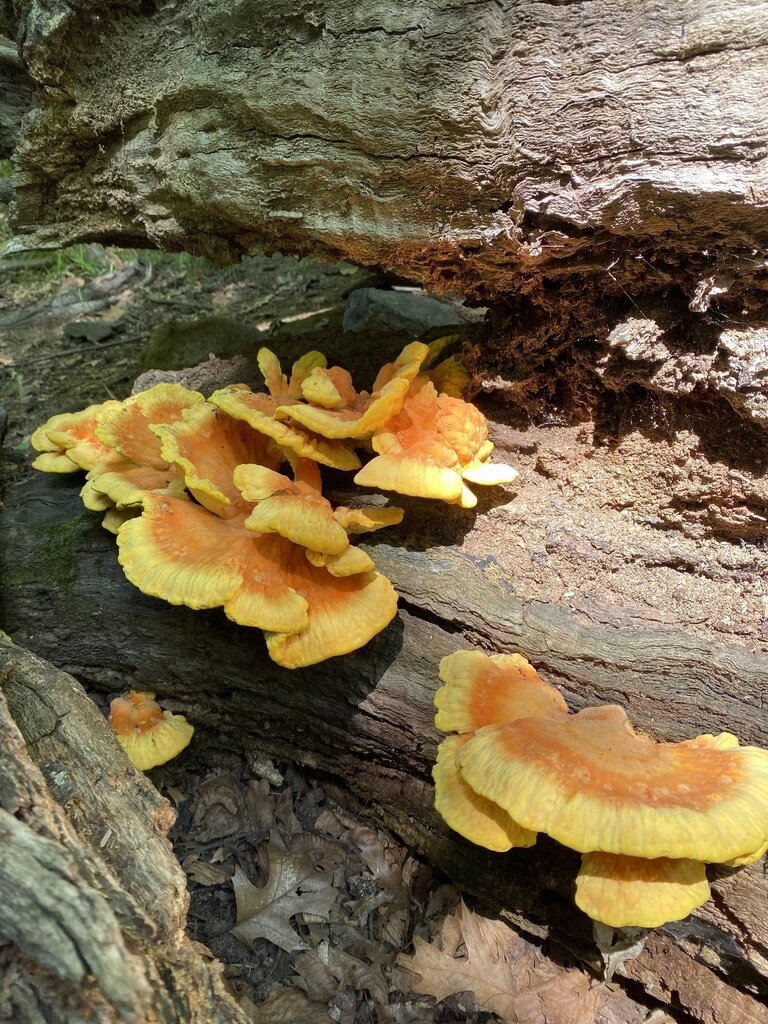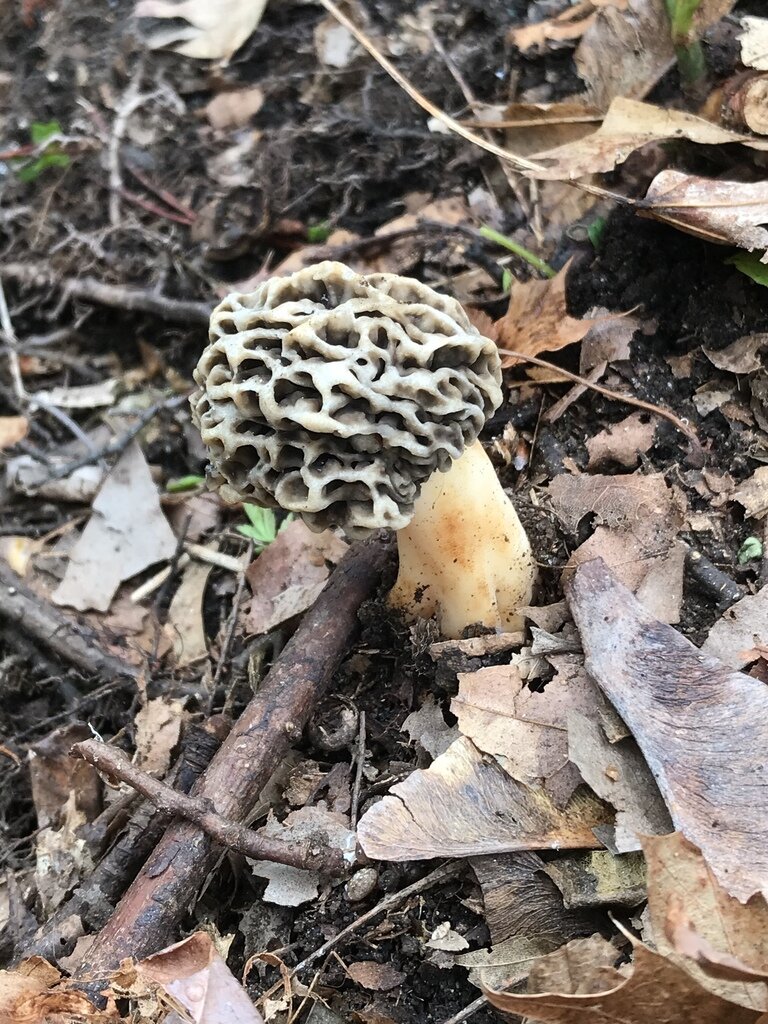—Jack Meyers, Conservation Educator
The Rye Nature Center garden teaches visitors of all ages how they can start with a simple seed and, with a combination of soil, water, and care, can yield fruits, vegetables, herbs, and visually stunning flowers for our pollinator friends. In years past, the conservation and horticulture experts at the Nature Center have grown more than plants. Through a simple process, anyone can inoculate a fallen log with mushroom spores. This will produce various fungal fruits that are completely safe to eat. The specific strains that are most common and readily available such as Shiitake, Oyster, or Reishi mushrooms all come loaded with nutritional, pseudo-medical value, and can be prepared to be quite tasty.
Materials Needed for Mushroom Inoculation:
Fresh logs to inoculate
A 5/16” drill bit and drill
Your desired plug spawn (these can be purchased through various online vendors)
A mallet
Optional: wax to coat the plugs (Wax can help to ensure the success of your mushrooms and increase potential yield)
Step One:
The first step in our process of creating a mushroom garden is gathering logs to grow our crop on. You should choose logs that are 3-4 feet long and about 4 inches in diameter. At the Nature Center, our conservation staff occasionally must fell invasive trees like the Norwegian Maple to ensure the survival of our native maples. Wood from these trees can become a prime habitat for fungi.
Step Two:
After collecting your logs, it is recommended to soak the logs in water before you inoculate them in order to keep the mycelia of the fungi from drying out. Soak for about 30 minutes or until visibly waterlogged, no pun intended.
Step Three:
Now that you have soaked the logs, you are ready to begin drilling. Drill small holes into your log with your 5/16” bit. The holes do not need to be any deeper than the size of the plug spawn (~1 inch). Plugs should be 1 inch from the edge of the log and be spaced at least 6 inches apart.
Step Four:
Once you’ve drilled your log, take your mallet and carefully hammer in your plug spawns. To ensure a better inoculation of the log you may also cover the plugs with a wax coating to prevent dry out or a bug infestation. It is also recommended to spray the logs frequently with water during dry periods.
You can visit Field & Forest Products for more information on creating your own mushroom garden and to purchase your own plug spawns!
Interested in getting into mycology, but not ready to start your own garden? The Rye Nature Center has an abundance of fungi constantly popping up in our woods. Browse the images below to view some iNaturalist submissions discovered in our very own woods.
While growing your own mushrooms to eat is good fun, they also provide a tangible lesson to young children about the role of fungi in the forest as a decomposer and transferor of energy. The number of roles and purposes fungi have in our forest ecosystem are numerous and still being discovered, a mushroom garden is a great start to exploring an interest in our fungal friends.







